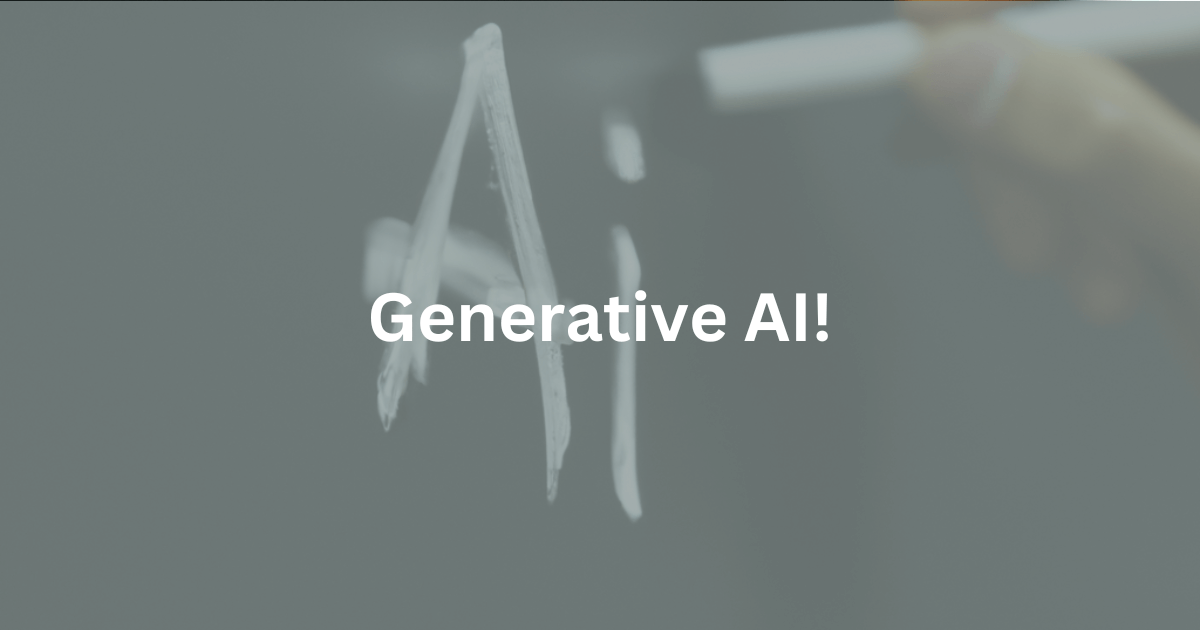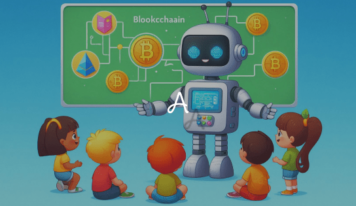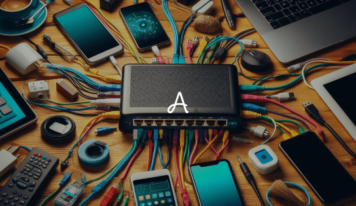Generative AI – an Introduction
In the constantly evolving landscape of artificial technology, Generative AI stands out as a groundbreaking innovation, reshaping the way we interact with machines and digital content. At its core, Generative AI refers to the subset of artificial intelligence technologies capable of creating new, original content, ranging from written text and images to music and code. This powerful capability is not just transforming industries but also redefining the boundaries of creativity and automation.
Among the most notable applications of Generative AI are conversational agents like ChatGPT, which can engage in human-like dialogues, draft emails, write essays, and even generate creative storytelling. Equally compelling is Google Bard, Google’s foray into generative AI, showcasing its ability to provide new insights, answer questions, and contribute to creative endeavors. These platforms are not only facilitating seamless content creation but are also democratizing access to sophisticated content generation tools for a broad spectrum of users.
Moreover, Generative AI is making significant strides in the world of coding, automating routine aspects of software development and enabling programmers to focus on more complex and creative tasks. This paradigm shift is introducing unprecedented efficiency and innovation in content creation and technology development, heralding a new era of human-computer collaboration.
Best Practices for Using Generative AI
The power of generative AI is reshaping how we approach machine learning and AI applications. Understanding the best practices for using generative AI to create innovative solutions is essential to harness this power. At the heart of this transformative technology is the generative AI model, a type of deep learning framework that can generate new data similar to the training data it’s been fed.
This capability makes it invaluable in a wide range of AI use cases, from conversational AI to more complex AI apps that require a nuanced understanding of human language, such as those powered by a large language model. Implementing generative AI starts with selecting the right foundation model and carefully preparing the training data to ensure that the AI system learns the desired patterns and information.
When integrating generative artificial intelligence into projects, utilizing platforms like Google Cloud and Google AI can significantly streamline the process. These platforms offer powerful AI tools and AI studios designed to simplify the development of generative AI systems. Moreover, implementing generative AI requires continuous monitoring and adjustment to refine the gen AI model’s performance. Specialists encourage the use of AI agents and generative adversarial networks (GANs) to enhance the sophistication of the AI system, allowing for more advanced generative AI applications. The impact of generative AI on industries is profound, pushing boundaries and opening up new possibilities for creating content, designing products, and interacting with technology.
Furthermore, the versatility of generative AI’s capabilities is demonstrated in its ability to not just replicate but innovate. The scope is limitless, from using generative AI to design new fashion lines to building generative architectures in software development. As AI technologies and AI models evolve, the future of generative AI looks promising, spurred by insights from AI experts and the continuous advancement of machine learning models. Ultimately, the generative AI use in various sectors exemplifies a shift towards more intelligent, adaptive, and creative AI capabilities to create exceptional user performance.
The Future of Generative AI
The future of Generative AI heralds unparalleled advancements in technology, potentially transforming multiple industries by automating creative processes and personalizing user experiences. As AI models become more sophisticated, they are expected to generate more accurate and nuanced outputs, from creating realistic digital content to providing solutions for complex problems. This evolution could lead to significant productivity gains and foster innovation by allowing humans to outsource routine or computational tasks to AI, enabling a focus on strategy and creativity.
Moreover, the integration of Generative AI into daily life and business operations is projected to streamline decision-making processes, enhance data analysis capabilities, and produce content that is increasingly indistinguishable from that created by humans. However, this rapid growth also ushers in ethical and security concerns that need addressing to ensure that technology benefits society as a whole. The emphasis will likely shift towards creating robust frameworks for responsible use, governance, and the continual monitoring of AI-generated content to uphold standards of authenticity and prevent misuse. As such, the future of Generative AI is not just about technological advancements but also about shaping a symbiotic relationship between humans and AI.





